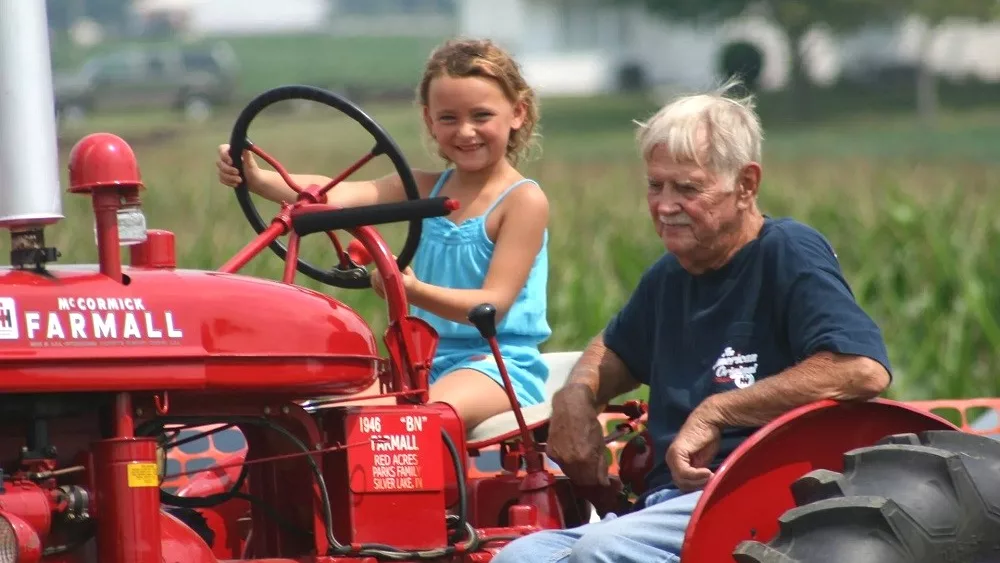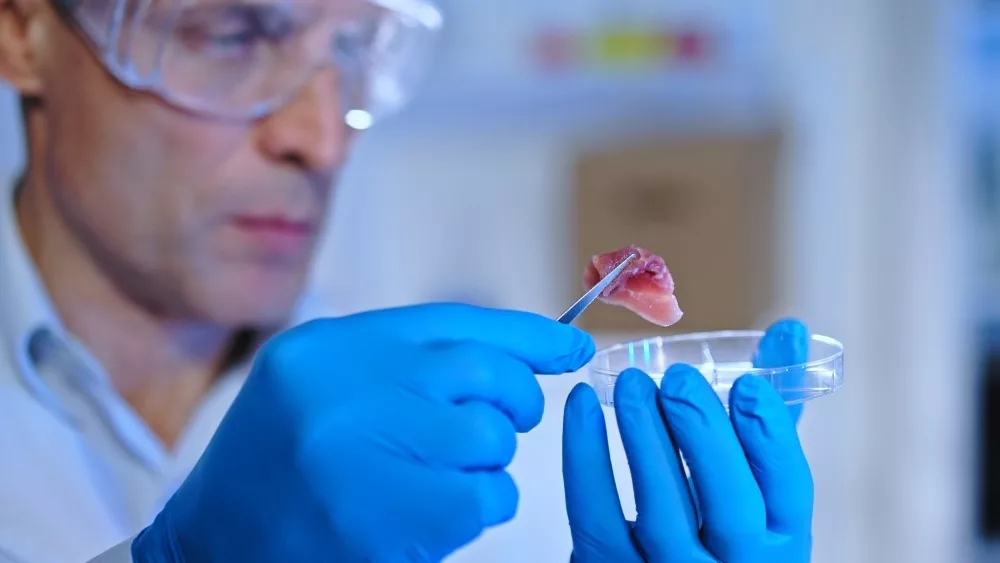Soybean harvest has wrapped up for most, corn harvest has wrapped up for some, and for the first time in a long time, farmers should have an opportunity to get fall fieldwork complete that previous wet fall seasons have prevented. In this Pioneer Field Update, North Central Indiana agronomist Brian Early says now is the time to consider a fall herbicide application.
“You go out and look in the fields, you can see our annual winter weeds that are a problem. So, your henbits, you’ll start to see chickweed, and especially the big one is marestail. Marestail is the one when you do a fall application, you really do a good job controlling it. Most of those that you see escape during the summer the next growing season were those ones that emerged in the fall and either survived through lack of tillage or survived through spring herbicide applications.”
Early says the fall herbicide application will pay off because, surprisingly, in the fall you can get by with a pretty cheap application.
“Every year we see the results- they’re outstanding. So, you don’t spend a lot of money, and you’ll see those fields with a fall application go well into the later part of April, the first part of May if we get into one of those delayed springs, where that weed control really shows up.”
Even as input costs continue to increase and will likely set another record for 2023, Early believes this one is well worth it.
“I would look at your herbicide budget and when you do these fall applications, a lot of times you can make some changes in your spring or even your post application and not really be that much different in the money you spend and really set yourself up to start clean and stay clean throughout the season. So, I don’t see you adding a lot to the bottom line, it just rearranges where you spend your money.”
Get the full Pioneer Field Update with agronomist Brian Early below.




